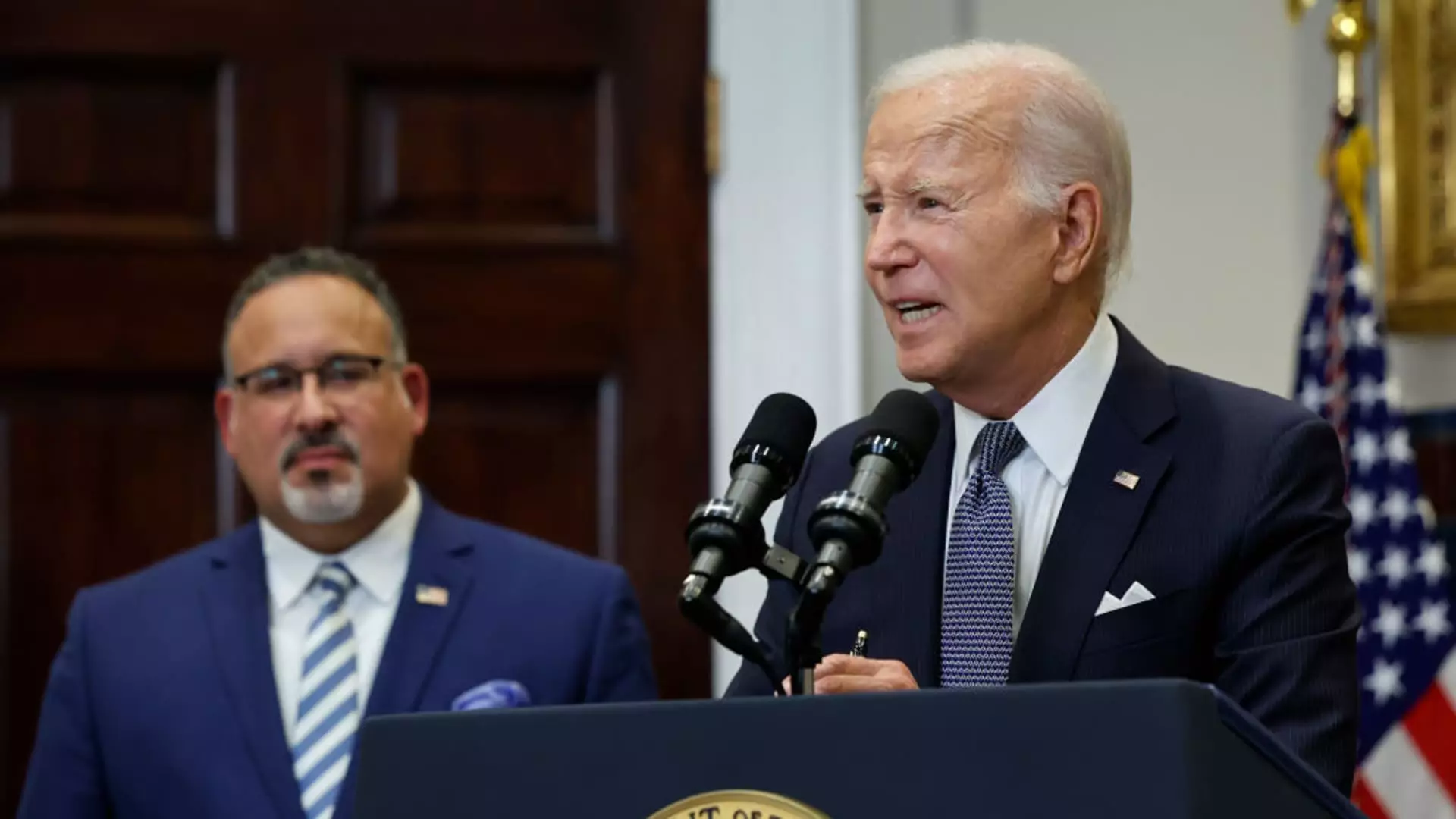The landscape surrounding federal student loans is undergoing a significant shift as the U.S. Department of Education prepares to revive collection activities for borrowers who have defaulted on their debts. This return to aggressive collection methods marks a substantial change after a prolonged period of relief for borrowers. For millions, the implications of these actions could be considerable, affecting everything from wages to retirement benefits.
For the first time in nearly five years, collection activities against the estimated 5.5 million federal student loan borrowers in default are set to resume. This comes after a unique “on-ramp” repayment initiative, put in place to support borrowers transitioning back into the repayment system after the Covid-19 pandemic forbearance expired. Prior to the pandemic-induced relief, the default rate among these borrowers was alarmingly high—around 7.5 million borrowers faced serious consequences for their unpaid loans.
As the Biden administration prepares to reinstate wage garnishment and Social Security offsets, the stark reality of this collection landscape invokes comparisons to the 2008 mortgage crisis, reflecting deep-seated concerns over financial stability among borrowers. The Department of Education has indicated that collection efforts could potentially begin as early as October 2024, and Social Security benefit garnishments may resume sometime in August of the same year.
In response to the looming resumption of collection activities, the Education Department’s memo outlines several strategies aimed at assisting borrowers in avoiding defaults. Among these initiatives is an emphasis on affordable repayment options, particularly income-driven repayment (IDR) plans. These plans are designed to align monthly payments with borrowers’ discretionary income and family size, with many potentially reducing their payment to $0. Promisingly, the memo also seeks to streamline access to these plans by enabling the department to automatically gather income information from the IRS, facilitating enrollment for those at risk of delinquency.
Moreover, the memo indicates a proactive approach in identifying borrowers who qualify for loan forgiveness before they formally enter default status. This strategy reflects a recognition of the importance of precision in addressing borrower challenges, ensuring that individuals are informed of their eligibility for relief, and potentially averting a downward spiral into default.
The memo proposes a significant enhancement to existing interest rate incentives for borrowers who enroll in automatic payment systems with their loan servicers. Currently, borrowers receive a nominal 0.25 percentage point reduction for opting into this convenient payment method. As the Department contemplates increasing these incentives, it raises critical questions about the balance between encouraging timely payments and the financial pressures many borrowers face.
Furthermore, experts in the field, such as Mark Kantrowitz, laud the innovation embedded in these new strategies. Kantrowitz’s assertion that forgone fees and increased protections can positively impact borrowers forward underscores the importance of a collaborative approach in financial education and resource access.
Despite the strategic advancements outlined, uncertainty looms regarding the future implementation of these proposals, particularly in light of potential shifts within the incoming administration. Experts caution that changes made during the transition period, especially impacts to collection policies, may face rigorous scrutiny and possibility of retraction.
Moreover, like a double-edged sword, these renewed collection practices could exacerbate struggles among vulnerable populations. While the Department has taken steps to increase protections—for instance, raising the threshold for protected Social Security benefits—many question whether these measures are sufficient given the scale of financial hardship faced by millions.
As borrowers brace for the reactivation of federal student loan collections, it is crucial for the Education Department to not only enhance communication regarding available support mechanisms but also to remain attuned to the changing landscape of borrower needs. Developing a comprehensive system that actively prevents defaults while fosteringfinancial literacy among borrowers appears critical, now more than ever.
The potential introduction of more user-friendly procedures surrounding repayment and forgiveness stands as a glimmer of hope amid uncertainty. However, the success of these initiatives will ultimately depend on collaboration between borrowers, policymakers, and educational institutions to navigate the complex maze of student debt. As the situation evolves, it will be imperative for all stakeholders to engage in informed discussions regarding sustainable solutions that address both individual and systemic barriers in student loan repayment.

